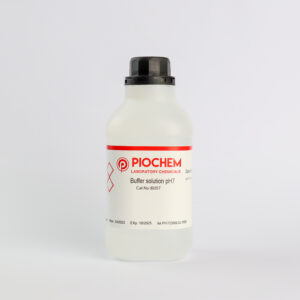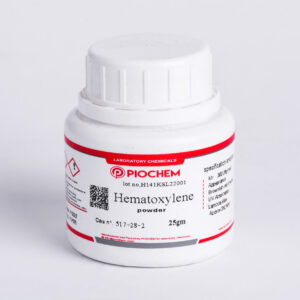Congo Red is a synthetic diazo dye that belongs to the azo dye class. It is composed of sodium 3,3′-[(1,1′-biphenyl)-4,4′-diylbis(azo)]bis(4-aminonaphthalene-1-sulfonate). Congo Red is known for its distinctive red color and has several applications in biological staining, textile dyeing, and as a pH indicator. Here’s an overview of Congo Red, including its properties, uses, and safety information.
Properties of Congo Red
- Chemical Formula: C32H22N6Na2O6S2
- Molar Mass: Approximately 696.68 g/mol
- Appearance: Red to reddish-brown powder
- Solubility: Soluble in water, slightly soluble in ethanol
Applications and Uses
- Biological Staining: Used as a histological stain for cellulose fibers and as a pH indicator in microbiology.
- Textile Industry: Employed as a dye for textiles, particularly in cotton and silk.
- Laboratory Applications: Used in spectrophotometric determination of cationic surfactants.
- Research: Utilized in the study of amyloid fibrils and protein folding.
Safety and Handling
- Hazards: Congo Red is generally considered non-toxic, but it can cause skin and eye irritation. It should be handled with care to avoid inhalation of dust and direct contact with skin and eyes.
- First Aid Measures:
- Ingestion: Rinse mouth and drink plenty of water. Seek medical attention if large quantities are ingested.
- Skin Contact: Wash affected area with soap and water. Remove contaminated clothing.
- Eye Contact: Rinse eyes thoroughly with water for at least 15 minutes. Seek medical advice if irritation persists.
- Inhalation: Move to fresh air. If breathing difficulties occur, seek medical attention.





Reviews
There are no reviews yet.